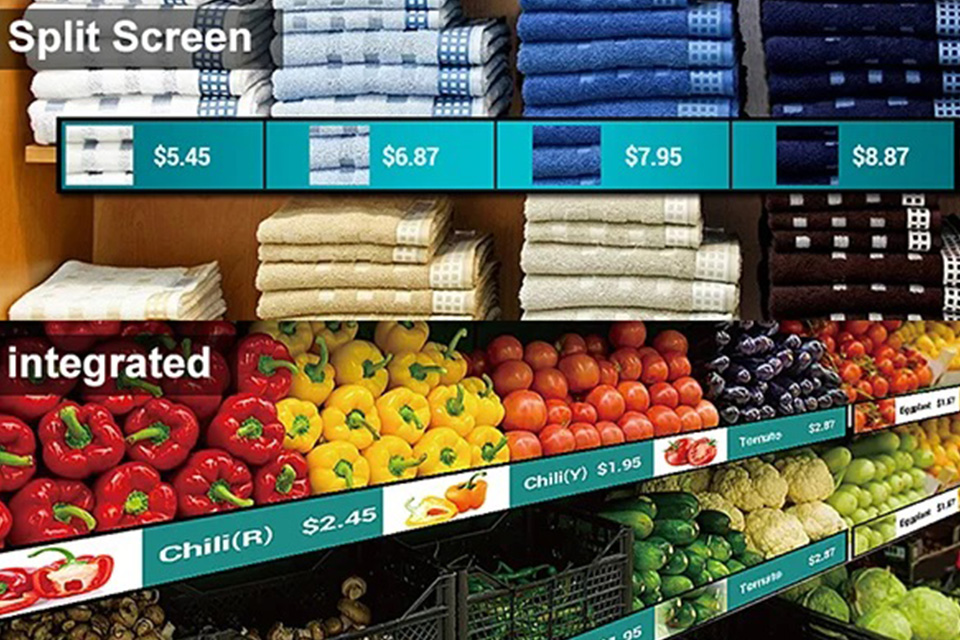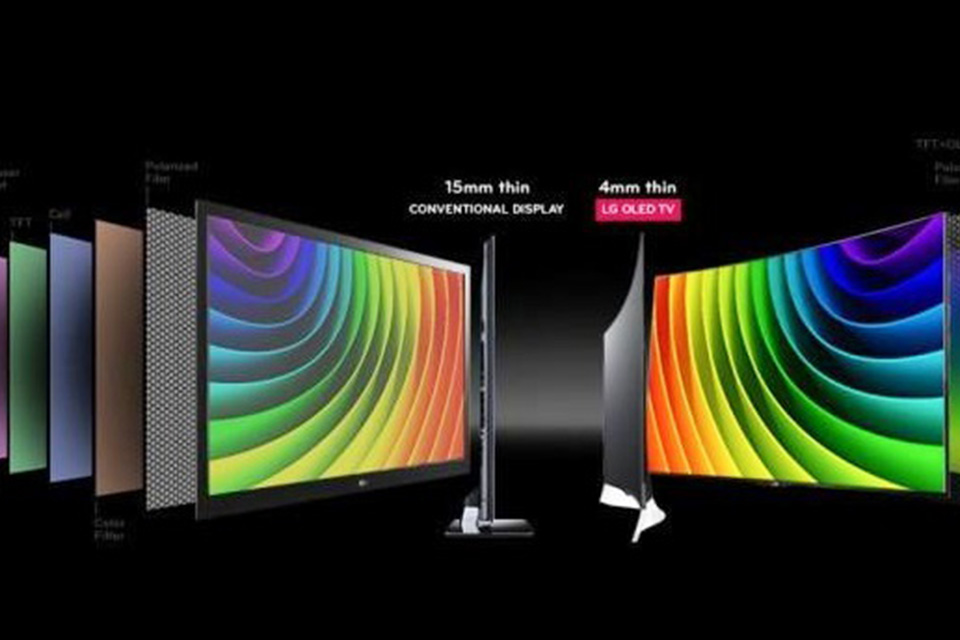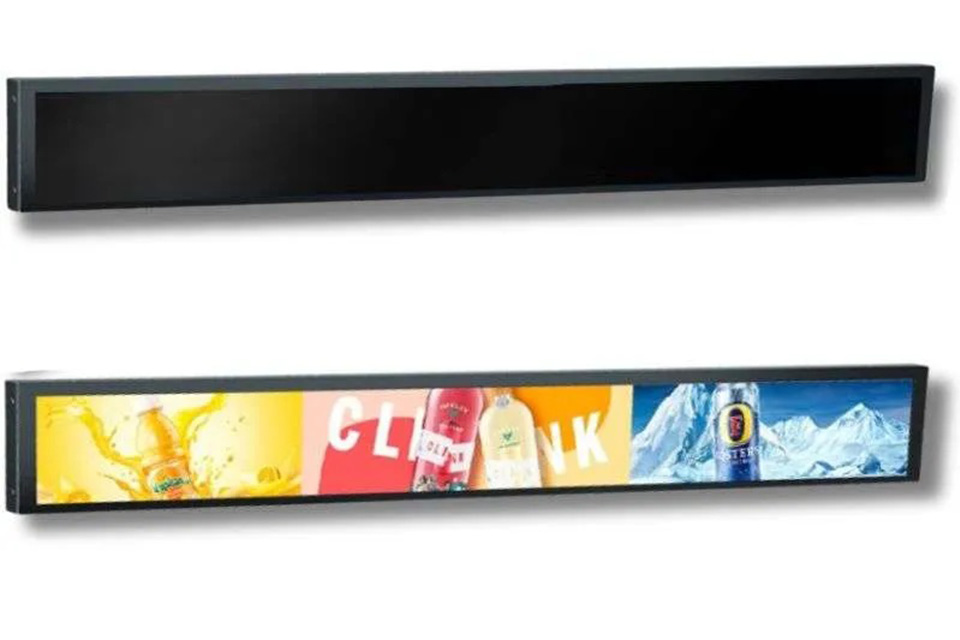This article provides a comprehensive overview of stretched LCDs, also known as stretched bar LCDs, and compares them to regular LCD monitors. Discover their unique features, applications, advantages, and disadvantages. This is worth reading to understand when and where stretched LCD screens excel, and how they compare to traditional lcd options in terms of display technologies, cost, and functionality.
A stretched bar lcd, also referred to as a stretched lcd or a bar display, is a type of lcd screen characterized by its unique elongated shape. Unlike traditional lcds that have a standard aspect ratio (e.g., 16:9), a stretched bar lcd display has a significantly wider width compared to its height. This distinctive form factor makes it ideal for applications where space is limited or where a panoramic display is required.
The primary difference between a stretched bar lcd and a regular lcd lies in their aspect ratio and intended use. Regular lcds are designed for general-purpose applications, such as displaying documents, images, and videos on computers, televisions, and other electronic devices. Stretched bar lcds, on the other hand, are specifically designed for displaying information in narrow or elongated spaces, making them perfect for digital signage, transportation displays, and industrial applications.

Stretched bar lcds possess several key features that set them apart from traditional lcds. One of the most notable key features is their unique aspect ratio. This elongated shape allows them to fit into spaces where a traditional lcd screen would be impractical. This makes them ideal for applications where space is at a premium.
Another important feature is the ability to display information in a clear and readable format. Despite their narrow profile, stretched bar lcds are designed to maintain readability and visibility, even from a distance. This is achieved through high brightness levels, wide viewing angle, and high contrast ratios. Some models are also sunlight readable, making them suitable for outdoor use.
Stretched bar lcd displays often feature a ruggedized design with a metal frame, making them resistant to damage from shock, vibration, and extreme temperatures. This is particularly important for applications in industrial environments or public spaces where the display may be exposed to harsh conditions.
Stretched bar lcds are commonly used in a variety of applications where their unique form factor and display capabilities provide distinct advantages. One of the most common applications is in digital signage. Their elongated shape allows them to be easily integrated into narrow spaces, such as above shelves in retail stores or along corridors in shopping malls.
Another common application is in transportation, particularly in train stations, airports, and bus terminals. Stretched bar lcds are used to display arrival and departure information, advertising, and other important information to passengers. Their high brightness and wide viewing angle ensure that the information is easily visible even in bright or crowded environments.
Stretched bar lcds are also used in industrial applications, such as in control panels, machine interfaces, and instrumentation displays. Their ruggedized design and ability to display critical information in a clear and concise format make them well-suited for these demanding environments. They are also used for point of sale (pos) systems, as well as gambling machines.
When it comes to digital signage, stretched lcds offer several advantages over regular lcd monitors. One of the main advantages is their ability to fit into narrow or elongated spaces. This allows them to be installed in locations where a traditional lcd would not be feasible, such as above shelves, along corridors, or in narrow storefront windows.
Another advantage is their ability to capture attention and deliver messages in a unique and eye-catching way. The elongated shape of a stretched bar lcd screen naturally draws the eye, making it more likely that people will notice and pay attention to the content being displayed. This can be particularly effective for advertising and promotional messages.
Furthermore, stretched lcds can be used to display a greater amount of information in a smaller space. This can be particularly useful in applications where space is limited, such as in retail stores or transportation hubs. Stretched bar lcds can also be used to create immersive and interactive experiences.
| Feature | Stretched LCD | Regular LCD |
|---|---|---|
| Aspect Ratio | Elongated, Ultra-Wide | Standard (e.g., 16:9) |
| Space Efficiency | Excellent in Narrow Spaces | Less Suitable for Narrow Spaces |
| Attention-Grabbing | Highly Effective | Less Eye-Catching |
| Information Density | Higher in Limited Space | Lower in Limited Space |
| Common Use Cases | Digital Signage, Transportation, Industrial | General Purpose, Computer Monitors, TVs |
Within the realm of stretched bar lcds, two prominent display technologies often come into play: tft lcd (Thin-Film Transistor Liquid Crystal Display) and ips (In-Plane Switching) lcd panels. Each offers distinct advantages and disadvantages that can influence the overall viewing experience.
TFT lcds are known for their fast response times and high contrast ratios, making them a cost-effective choice for many applications. They use an active matrix to control each pixel individually, resulting in sharp and clear images. However, tft lcds may suffer from limited viewing angle, meaning that image quality can degrade when viewed from an off-axis position.
IPS lcd panels, on the other hand, excel in color accuracy and wide viewing angles. IPS technology arranges the liquid crystal molecules in a parallel alignment, allowing for consistent colors and contrast even when viewed from various angles. This makes ips displays ideal for applications where multiple viewers may be present or where precise color reproduction is critical. However, ips panels generally have slower response times and may be more expensive than tft lcds.

When comparing stretched bar lcds to oled (Organic Light-Emitting Diode) displays in terms of image quality, oled generally emerges as the superior technology. OLED displays are self-emissive, meaning that each pixel generates its own light, eliminating the need for a backlight. This results in deeper blacks, higher contrast ratios, and more vibrant colors compared to lcds, which rely on a backlight to illuminate the display.
OLED displays also offer wider viewing angles and faster response times than lcds, resulting in a more immersive and visually appealing experience. However, oled technology is typically more expensive than lcd, and oled displays may be more susceptible to burn-in, a phenomenon where static images or elements can leave a permanent ghost image on the screen over time.
Despite the advantages of oled, stretched bar lcds remain a popular choice due to their cost-effectiveness, energy efficiency, and durability. For applications where image quality is not the top priority or where budget constraints are a concern, stretched bar lcds provide a cost-effective and reliable display solution.
Choosing the right stretched lcd requires careful consideration of several factors to ensure that it meets your specific needs and requirements. One of the most important considerations is the display size and aspect ratio. You need to determine the optimal size and shape of the display based on the available space and the type of content you plan to display.
Brightness and contrast are also critical factors, particularly for applications in bright or outdoor environments. You need to choose a display with sufficient brightness and contrast to ensure that the content is easily visible and readable. Viewing angle is another important consideration, especially for applications where multiple viewers may be present. You need to choose a display with a wide viewing angle to ensure that everyone can see the content clearly.
Finally, you need to consider the connectivity options, power requirements, and mounting options. You need to ensure that the display has the necessary inputs and outputs to connect to your content source and that it can be easily mounted in the desired location.
Yes, stretched bar lcds can indeed be equipped with a touch screen, opening up a world of possibilities for interactive applications. Touch screen functionality transforms these elongated displays into dynamic interfaces that respond to user input, enhancing engagement and providing intuitive control.
Integrating a touchscreen into a stretched bar lcd creates a versatile platform for various interactive applications. In retail environments, customers can browse product catalogs, access detailed information, and even make purchases directly on the display. In transportation hubs, touch screen stretched bar lcds can provide interactive maps, real-time information updates, and self-service ticketing options.
For industrial applications, a touch screen can simplify machine operation, provide real-time feedback, and enable efficient data entry. The possibilities are virtually limitless, making touch screen stretched bar lcds a valuable tool for enhancing user experience and streamlining processes.
Stretched bar lcds are generally energy-efficient compared to traditional lcds, thanks to advancements in led technology and backlight design. LED backlights consume significantly less power than traditional fluorescent backlights, resulting in lower energy consumption and reduced operating costs. The displays are generally energy efficient.
Moreover, stretched bar lcds often incorporate power-saving features such as automatic brightness adjustment and sleep mode, further reducing their energy consumption. This energy efficiency not only helps to lower electricity bills but also contributes to a more sustainable and environmentally friendly operation.
Compared to traditional lcds with fluorescent backlights, led technology used in modern stretched bar lcds offers significant energy savings, making them an energy-efficient and cost-effective display solution. For prolonged use, such as for digital signage, the savings add up.

The stretched bar lcd display market is continuously evolving, with several exciting trends and innovations shaping its future. One of the most prominent trends is the increasing adoption of high-resolution displays, such as 4k stretched bar lcds. These high-resolution displays offer sharper images, finer details, and a more immersive viewing experience, making them ideal for applications where image quality is paramount.
Another trend is the integration of advanced features such as touch screen technology, wider color gamuts, and improved viewing angles. These features enhance the versatility and usability of stretched bar lcds, making them suitable for a broader range of applications. There is also a growing demand for customized stretched bar lcd solutions tailored to specific application requirements.
Manufacturers are increasingly offering custom sizes, shapes, and features to meet the unique needs of their customers. For example, this includes designing the display with a specific color, and also adding a metal frame. Additionally, new display technologies are being explored to improve image quality and reduce power consumption even further.
Contact: David
Phone: +8618665976986
Tel: +8675521563288
Email: [email protected]
Add: 305 Room A Buiding Huafeng International Robot Industrial Park Xixiang Bao'an